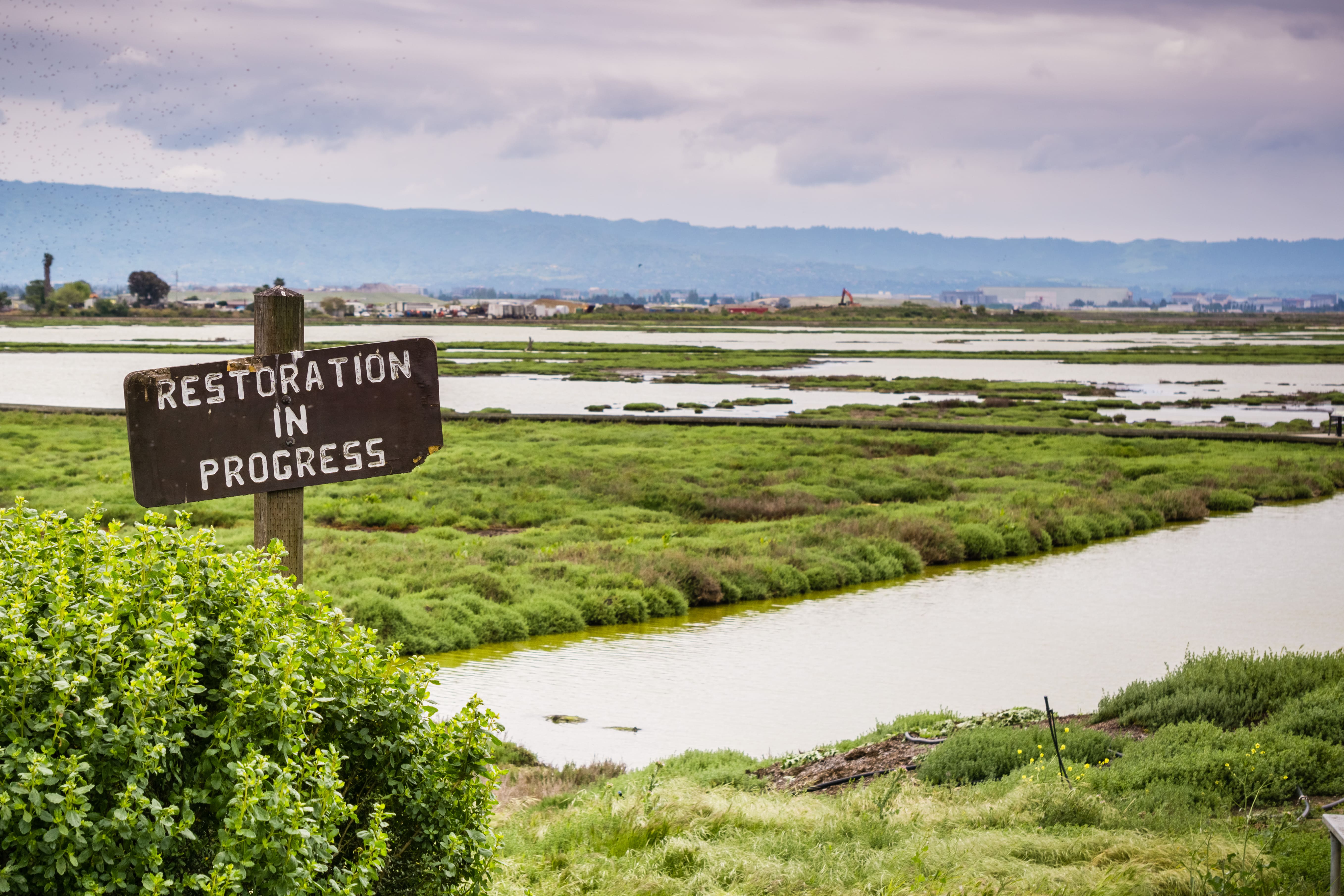
Coastal communities are striving to adapt to a changing climate. Whether it’s finding new ways to protect the built and natural environment, or building the social capital needed to support community resilience initiatives, these Digital Coast resources offer assistance.
Understand the Basics
-
Training – In-person Course
Adaptation Planning for Coastal Communities
Attend this in-person training to gain a thorough grounding and practical skills for incorporating adaptation strategies into planning processes.
-
Training – Virtual Course
Coastal Adaptation Planning Essentials
Learn the foundational concepts of a five-step adaptation-planning process in this virtual training. This is perfect for the beginner just starting to address the challenges resulting from climate change.
Identify Options
-
Training – In-person and Virtual Course
Nature-Based Solutions for Coastal Hazards
Attend in-person or virtual training to discuss key nature-based solutions and implementation steps, and hear from experts in the field.
-
Training – Video
Green Infrastructure Protective Services
Watch a short animation describing the protective benefits of green infrastructure. This is a useful outreach tool.
-
Training – Quick Reference
Measures for Shoreline Stabilization
Access easy-to-digest overview information on the use of living shorelines and structural shoreline stabilization techniques to reduce coastal risks and improve resilience.
-
Tool
Coastal Resilience Evaluation and Siting Tool
This tool starts the process of identifying large public and private coastal and nearshore land areas ideal for restoration and analyzes their potential to provide maximum protection to human communities, while also restoring or improving habitat for fish and wildlife.
Evaluate Options
-
Training – Quick Reference
Funding and Financing: Options and Considerations for Coastal Resilience Projects
Use this quick reference for an overview of numerous funding and financing options.
-
Training – Quick Reference
Feasibility of Adaptation Options
Use guiding questions to help assess the feasibility of a community’s climate change adaptation options using key factors associated with implementation
-
Training – Publication
An Economic Framework for Coastal Community Infrastructure
Discover a four-step framework to perform a holistic assessment of costs and benefits of different adaptation approaches.
-
Training – Quick Reference
Nature-Based Solutions: Benefits, Costs, and Economic Assessments
Use these three quick references to gain information about nature-based solutions, ecosystem services, installation and maintenance costs, and tips for assessing the costs and benefits of reducing coastal hazard impacts.
-
Training – Quick Reference
Economic Approaches for Decision-Making
Provides a glossary of economic terms, guidance on choosing approaches to meet your economic objectives, and methodology guides to help navigate the process.
Engage Stakeholders
-
Training – Case Study
San Francisco Stakeholder Engagement Process
Learn how purposeful collaboration strategies and a diverse work group furthered local efforts to design a planning process for addressing multiple hazards.
-
Training – Quick Reference
Stakeholder Analysis Worksheet
Use this worksheet to identify stakeholders to include when addressing a community issue and to help identify an individual’s or group’s interest, position, or other special factors that should be considered during the decision-making process.
-
Training – Publication
Introduction to Stakeholder Participation
Learn about some of the most important considerations and techniques to increase the likelihood of stakeholder participation in the coastal management process.
Learn from Others
-
Training – Case Study
Out of Harm’s Way: Relocation Strategies to Reduce Flood Risk
Learn how the City of Kinston, North Carolina, embarked upon a comprehensive approach to improve resilience to flooding and hurricanes. Flood-prone properties were purchased, whole neighborhoods were relocated to higher ground, and natural floodplain functions were restored.
-
Training – Case Study
Zoning Ordinance Overhauled to Increase Community Resilience to Flooding
Learn how the City of Norfolk, Virginia, chose to take a bold step to overhaul its zoning ordinance to reduce impacts and increase resilience to sea level rise. The zoning ordinance contains a number of pioneering approaches to confront the long-term challenges posed by sea level rise, including a resilient quotient points system for new development and coastal and upland resilience overlay zones.
-
Training – Case Study
Dune Restoration Increases Flood Protection and Access for Community
Learn about an innovative solution that provides protection from sea level rise and storm surge. A dune restoration project in Cardiff Beach State Park is not only helping to protect transportation infrastructure from current and future flooding, but is also increasing public access to a popular beach and providing enhanced habitat for plants and animals.
-
Training – Case Study
Resiliency Officer Helps Design an Environmental Impact Bond to Finance Community Resilience Projects
Learn how Hampton, Virginia’s resiliency officer led the development of Virginia’s first ever Environmental Impact Bond to help finance community resilience projects. The bond enables impact investors to support innovative projects, such as those that will reduce stormwater runoff and provide multiple-layered public benefits to the community.
